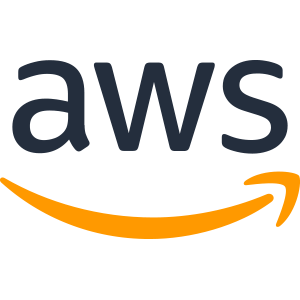As an IAM provider, we meet with organisations to help answer any questions they might have on IAM solutions and discuss the benefits of having one in place. Below we have collected some of the most common questions we get. Identity and access management (IAM) refers to the processes, technologies, and policies that enable companies to manage access to their resources, including data, systems, and applications. IAM is a critical component of cybersecurity for modern organisations; it’s essential for protecting sensitive information and ensuring that only authorised users can access it.
What are the benefits of using IAM?
IAM helps organisations ensure that only the right people have access to the right information. This reduces the risk of data breaches, improves compliance, and streamlines access control processes. IAM can also help your company improve user productivity by making it easier for them to access the resources they need.
What are the components of an IAM system?
An IAM system typically includes four components: identification, authentication, authorisation, and auditing. Identification involves identifying users and assigning unique identifiers to them. Authentication involves verifying the identity of users through passwords, biometrics, or other means. Authorisation involves granting access to resources based on the user’s role or other criteria. And finally, auditing involves logging and monitoring user activity to ensure compliance and detect security incidents.
Can IAM help with compliance?
Yes, IAM systems help organisations meet compliance requirements by providing a way to control access to sensitive information and ensure that only authorised users can access it. This includes compliance with regulations such as GDPR, HIPAA, and PCI DSS.
How can organisations ensure the security of their IAM systems?
To ensure the security of an IAM system, organisations must implement strong access control policies, use multi-factor authentication, regularly review and audit user access, and train employees on best practices for IAM.
How can IAM help with remote workforce management?
IAM can help organisations manage access to resources for remote workers by providing secure remote access, enforcing access control policies, and monitoring user activity. This can help reduce the risk of security incidents and improve productivity for remote workers.
How do I choose the right IAM solution?
Consider factors such as security needs, the complexity of your IT environment, and budget. You should also evaluate different vendors and solutions to find the one that best meet your needs.
Learn more
If you have further questions or would like to talk to us about our IAM solution Able+, please get in touch with our identity and access solution experts.

 Australia
Australia Canada
Canada LATAM
LATAM New Zealand
New Zealand UAE
UAE United States
United States








